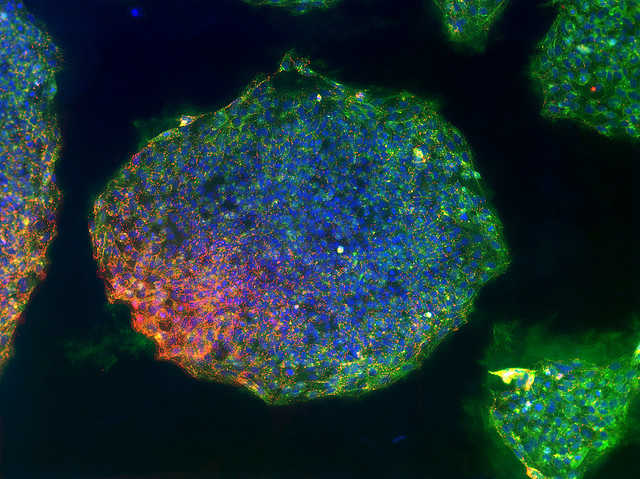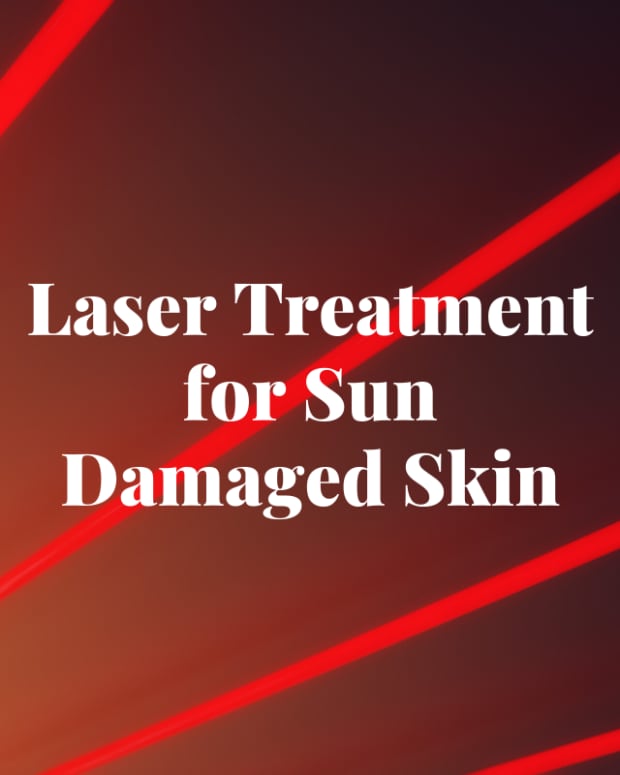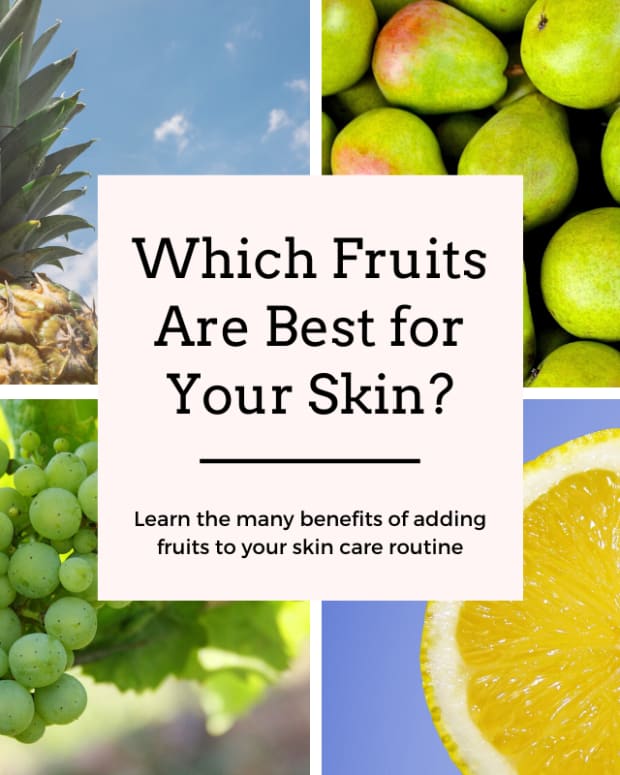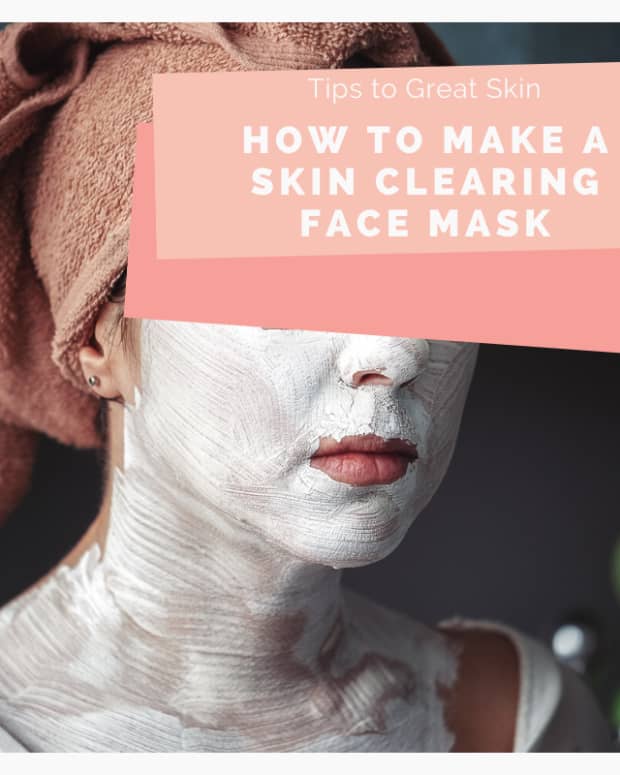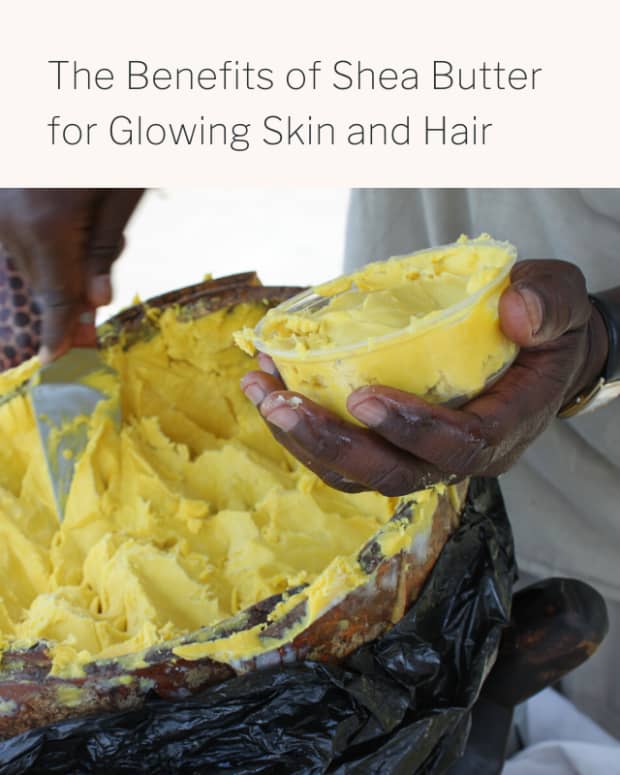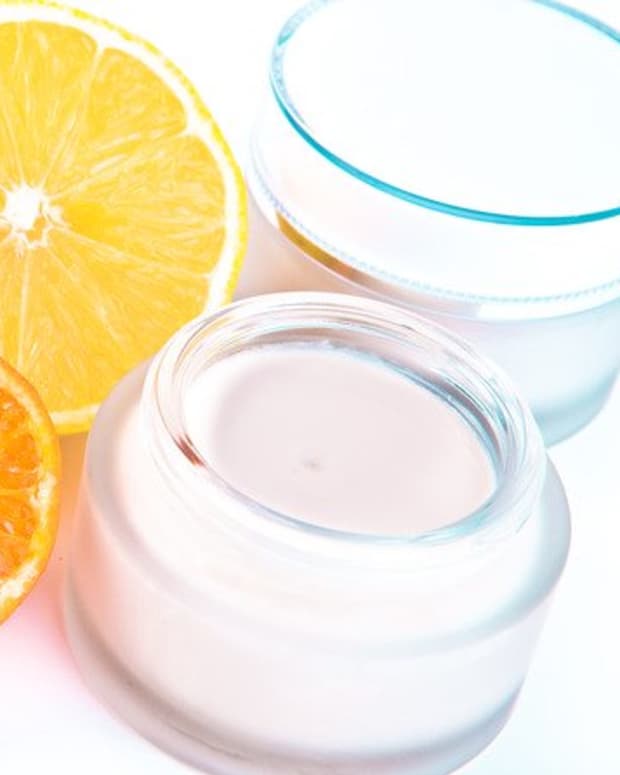Grape Stem Cell Extract Reverses Signs of Sun Damaged Skin
Chrissy is a free-lance writer who loves cosmetics, fragrances, and bath and body products.

Grape fruit cell extract has been demonstrated to reverse and prevent aged skin resulting from exposure to the ultraviolet rays of the sun.
Photo by Nacho Domínguez Argenta on Unsplash
What Is Grape Stem Cell Extract?
Grape (vitis vinifera) fruit cell extract refers to a concentrate made of stem cells harvested from a grape. The grape, considered a berry, has been discovered to have substantial anti-aging benefits coming from the grape peel and the grape seed. Both peel and seed are subject to a technique of extracting stem cells. This technique involves making an incision (cut) in the peel or seed and removing the plant's stem cells from the callus that forms as it attempts to heal the wound.
There are two main types of stem cells found in plants, humans, and animals: embryonic and adult. Embryonic stem cells are capable of changing into any type of cell found in the host. Adult stem cells are capable of replicating themselves or only changing into a cell that is the same as any of the cells in the surrounding tissues. As grape stem cells are embryonic in nature, they are a catalyst in helping aged, sun-damaged skin to heal itself.
What Is the Origin of the Grape?
For thousands of years, the fruit of the grape has been used as a food source and as a medicine. Evidence suggests humans have interacted with the grape as far back as the Neolithic period, and written accounts of the grape are documented dating back to the third millennium BC. Ancient Egypt is known to have noted hieroglyphics of the grape. The ancient Greeks introduced the grape to Europe, and Greek philosophers commended the healing properties of the grape. Around the 17th century, European colonists brought the grape to North America, South America, Africa, and Australia. Traditional European medicine sought to alleviate cholera, smallpox, nausea, skin infections, eye infections, kidney disease, and liver disease with the grape. Today, scientists are discovering the many healthful properties of the grape, but of particular interest is the grape seed which appears to have the most benefit due to its phytochemical content.
What Parts of the Skin Do Grape Stem Cells Effect?
The skin has two main layers: the epidermal layer and the dermal layer. The epidermal layer is the topmost surface layer of the skin. The dermal layer is the underlying layer consisting of blood vessels, sweat glands, hair follicles, etc. At the base of the epidermis is the basal layer. This is where it is thought that adult stem cells in humans reside. Adult stems cells are responsible for regenerating skin by replicating themselves and creating new skin cells. However, it is a slow self-renewal process. In addition, as a person ages, the rate at which new cells can be created declines. This is, in part, due to the adult stem cells ability to only replicate themselves a limited number of times. As the number of adult stem cells in the skin decreases, the number of new skin cells that can be created also declines. Thus, the skin's ability to regenerate and heal itself declines also.
It is estimated that 80% of aged (damaged) skin is the result of sun exposure to ultraviolet rays. Toxins and free radicals are produced in the skin due to ultraviolet rays. These toxins and free radicals in the skin's tissue damages or destroys the adult stem cells residing in the basal layer of the skin. Again, adult stem cells are responsible for regenerating and healing skin tissues.
How Do Grape Stem Cells Act On the Skin?
Grape fruit stem cells are harvested from selective grapes able to withstand ultraviolet light. They are able to protect, maintain, and regenerate (promote the creation of) epidermal adult stem cells. Grape skins and grape seeds contain what is called phenolic compounds such as anthocyanins, proanthocyanidins, and antioxidants. Anthocyanins act as an anti-inflammatory and antioxidant. Proanthocyanidins stabilize collagen, maintain elastin, reduce swelling, and also act as an antioxidant. Of note, collagen and elastin form a fibrous matrix in the skin that provides support to the skin's structures. Damage to the fibrous matrix can result in wrinkles, creases, crepiness, and sagging.
The antioxidants in proanthocyanidins are 20 times more effective than vitamin C and 50 times more effective than vitamin E. Free radicals produced by ultraviolet light exposure scavenge the tissues of the skin looking for healthy skin cells to bind to. Once this occurs, the healthy skin cells become damaged or die. Antioxidants will bind to the free radicals, preventing them from binding to healthy cells.
Who Would Benefit From a Product Containing Grape Stem Cells?
Persons who would benefit from a cream or serum containing grape fruit cell extract are those who have noted wrinkles, deep creases, crepiness, or sagging due to loss of collagen and elastin from exposure to the sun's ultraviolet rays.
Read More From Bellatory
Grape fruit cell extract is important because it is a natural botanical substance, and it has been proven to protect and heal skin exposed to ultraviolet light and its damaging rays. Creams and serums with grape fruit cell extract in them are anti-aging, anti wrinkle treatments for the skin.
References
- Stem Cell Technology and the Skin | The Dermatologist
A look at the current research on plant-derived stem cell extracts and their potential role in cosmeceutical and skin care products. The ability to replace, instead of simply repairing, damaged skin cells is becoming more of a possibility with the ad - Proanthocyanidin - Wikipedia, the free encyclopedia
- Vitis vinifera - Wikipedia, the free encyclopedia
© 2014 Chrissy Candace

